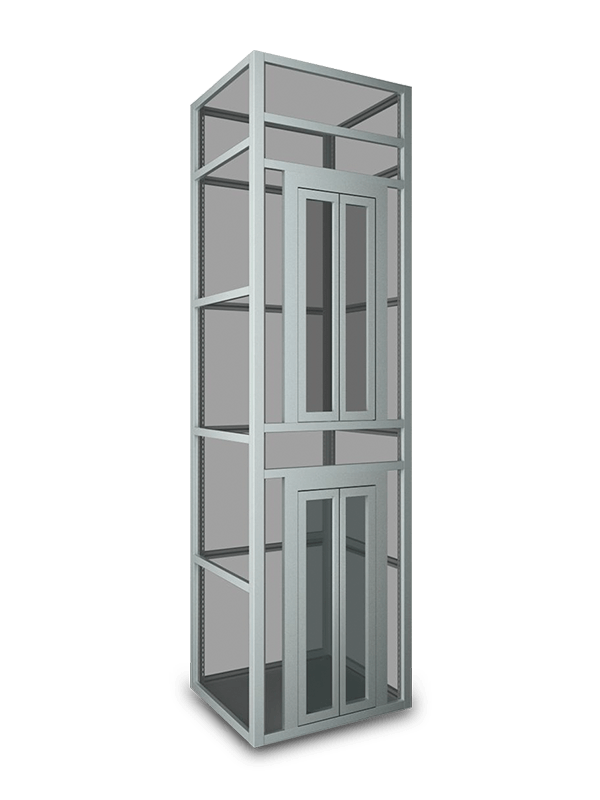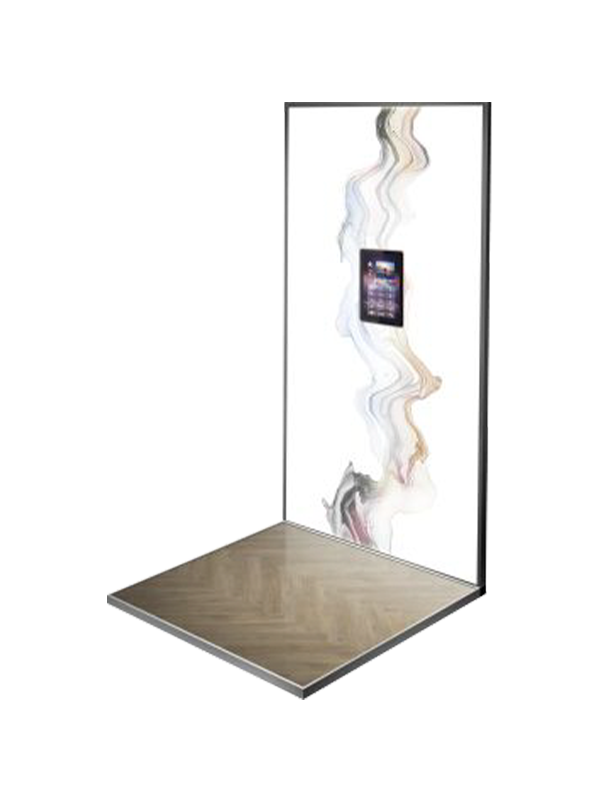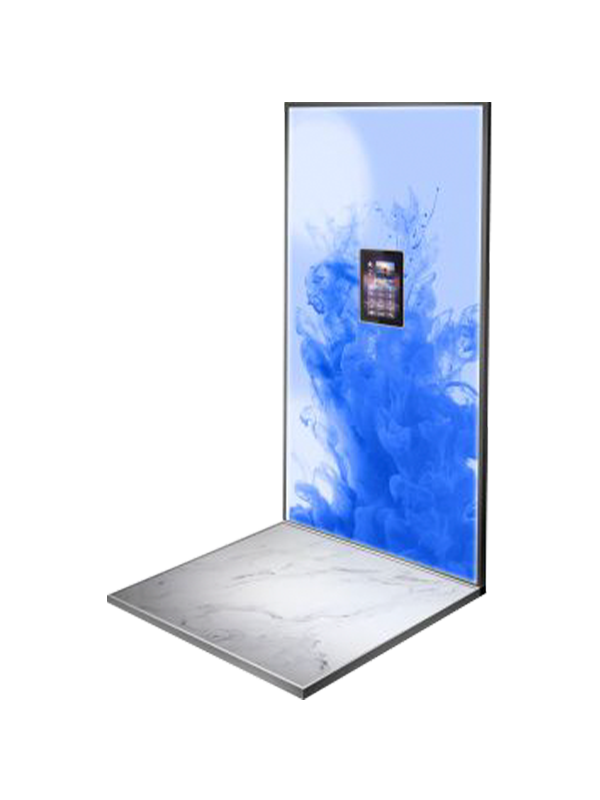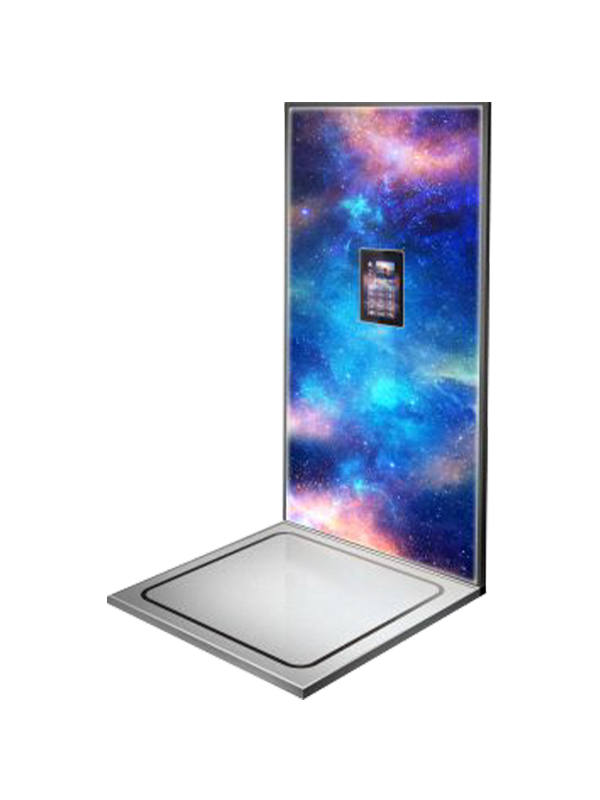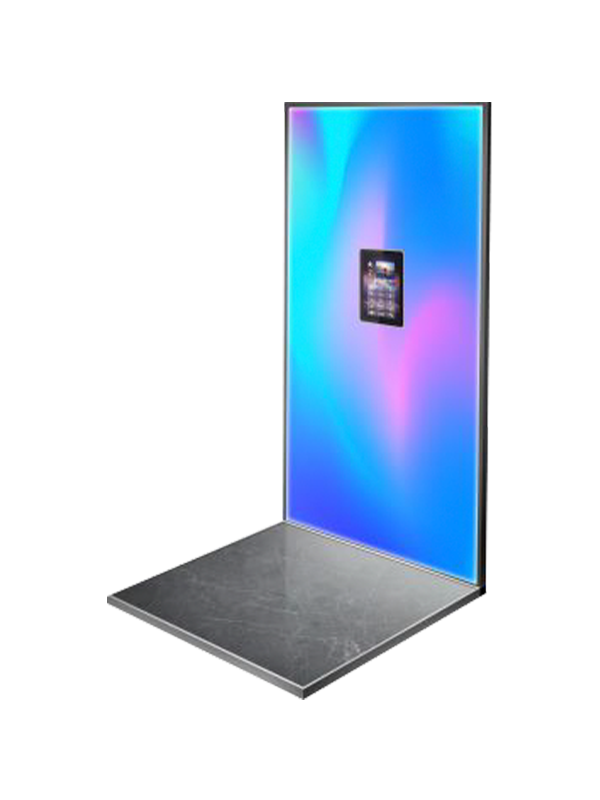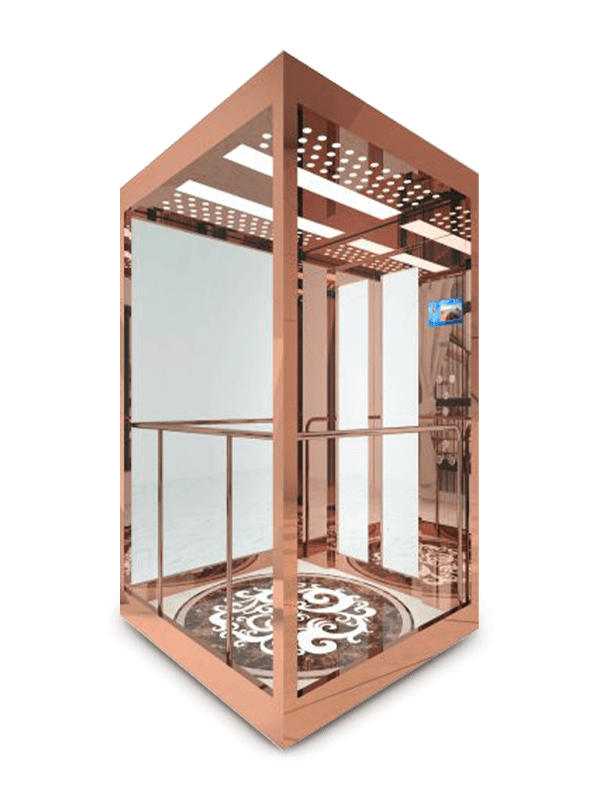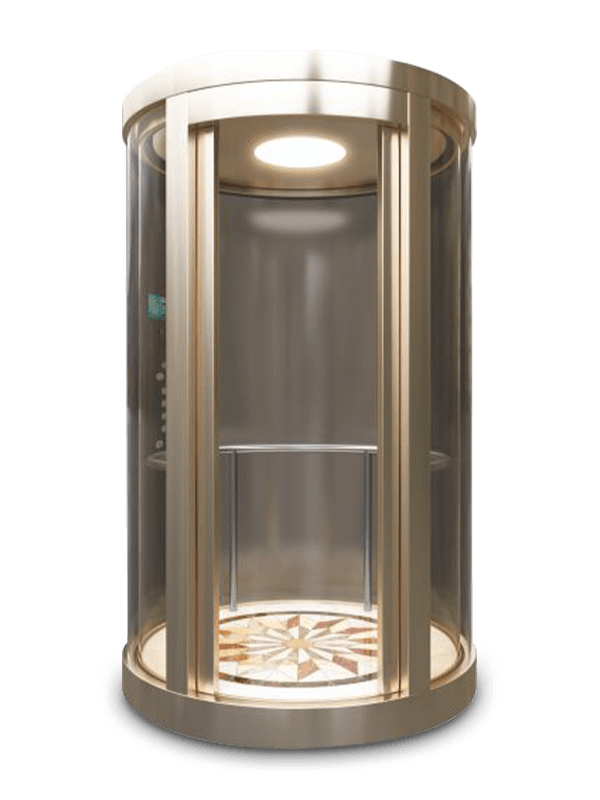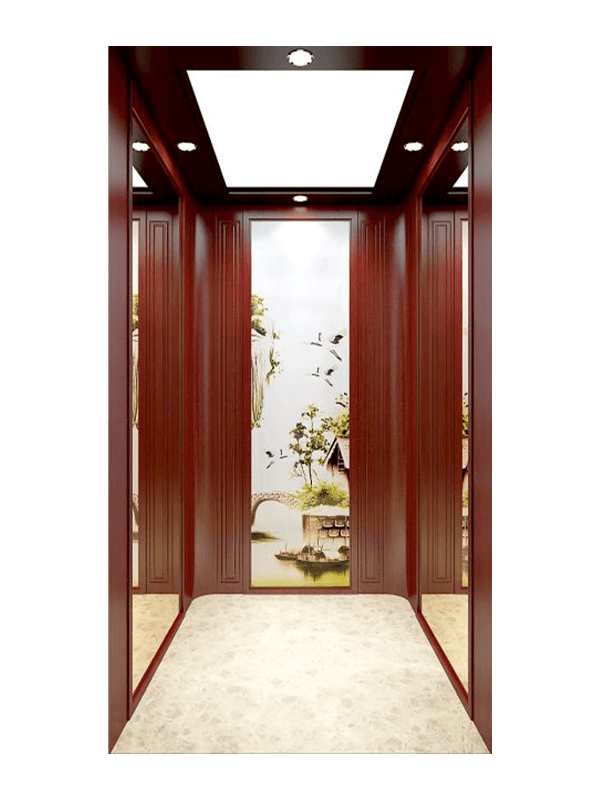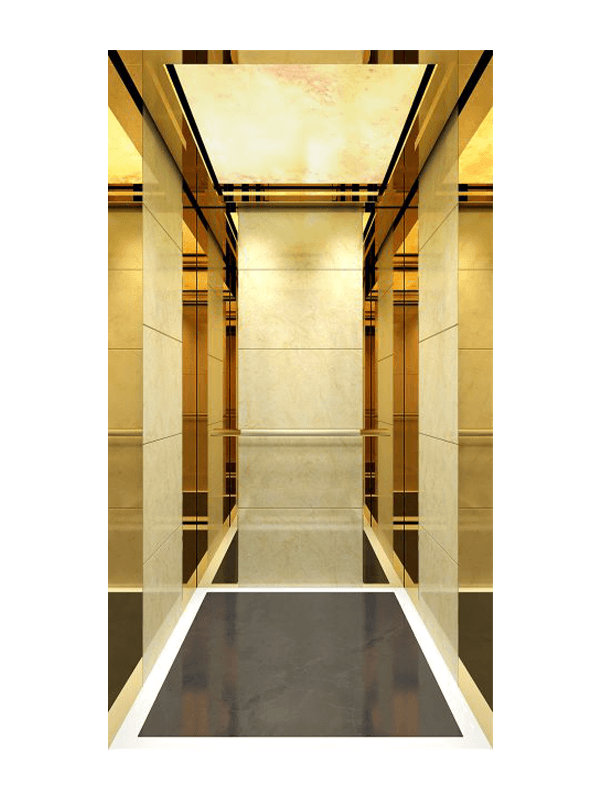Class I elevators for residential buildings: a single Elevator Car Decoration or multiple elevators arranged in a row, the depth of the waiting hall should not be less than the maximum car depth. The maximum number of such elevators is 4, which can be placed side by side in a row. The depth of elevator halls serving the disabled shall not be less than 1.5m. Class I, II, and III elevators for non-residential use: a single elevator and multiple elevators arranged in a row: a single elevator or multiple elevators arranged in a row, the depth of the waiting hall shall not be less than 1.5 times the maximum the depth of the car. The maximum number of group control elevators arranged side by side is 4. Except for the three types of elevators, when the elevator group is 4, the depth of the waiting hall should not be less than 2400mm. Multiple group control elevators placed face to face: The maximum number of group control elevators placed face to face is 8 (4x2). The depth of the waiting hall shall not be less than the sum of the depths of the relative elevators. Except for Class III elevators, this interval shall not be greater than 4500mm.
Machine room area: The minimum floor area of the shared machine room of the elevators with the same additional load should be equal to the sum of the minimum floor areas required by the individual elevators; the minimum floor area of the shared machine room of two elevators with different additional loads should be equal to the minimum floor area of each elevator The sum of the minimum floor area required for the independent installation of elevators, plus the difference between the shaft areas of the two elevators; c) The minimum floor area of the shared machine room of two or more elevators with different additional loads shall be equal to the required amount of the independent installation of each elevator The sum of the minimum ground area, plus the difference between the maximum elevator shaft area and the other elevator shaft areas; machine room width: the minimum width of the machine room shared by multiple elevators, should be equal to the total width of the shared shaft plus the largest one The sum of the lateral extension lengths required when the elevator is installed alone.
Machine room depth: The minimum depth of the machine room shared by multiple elevators should be equal to the depth of the deepest shaft required by the elevator alone plus 2100mm. Machine room height: The minimum height of the machine room shared by multiple elevators should be equal to the height of the highest machine room. Non-residential The scale of the machine room of the first-class elevator, the second-class elevator, and the first-class elevator used in the building: the machine room dimensions of multiple group control elevators arranged in rows should be calculated according to formulas (1) and (2).
Total area: S+0.9S(N-1).................................(1)
Minimum width: R+(N-1)(C+200).......(2)
Minimum depth: T
{S----the ground area of the single-elevator machine room, m2; R----the minimum width of the single-elevator machine room, mm; T----the minimum depth of the single-elevator machine room, mm; C----single lift Shaft depth, mm; N----total number of single lifts. }
The size of the machine room of multiple group control elevators placed face to face is calculated according to formulas (3) and (4):
Total area: S+0.9S(N1-1).................(3)
Minimum depth: R+(N1-1)/2 X(C+200)..........(4)
Minimum depth: 2D plus spacing between shafts placed opposite
{D----Single elevator shaft depth; N1------The total number of elevators is an even number, then N1=N/The total number of elevators is an odd number, then N1=N+1. }
The actual size of multiple elevator machine rooms should ensure that the above-ground area of the machine room is at least equal to the total area of the machine room calculated by formulas (1) and (3).
The machine room is placed above the hoistway, and the lateral extension of the machine room relative to the hoistway or (shared hoistway) may be on the left or right side of the hoistway. The placement of the machine room of a single elevator and the placement of the shared machine room of the elevators in parallel rows are as follows: the rear wall of the machine room should be in a straight line with the wall corresponding to the hoistway (or the deepest hoistway), and one of the two side walls of the machine room should be in line with the hoistway. (or shared well) the corresponding walls are in a straight line. The extension of the machine room relative to the depth direction of the hoistway should be on the side of the waiting hall. The common machine room where the elevators are placed face to face is arranged as follows: the elongation in the depth direction of the machine room exceeds the interval of the rear wall of each hoistway, generally not more than 0.5mm, and is on the same level with the concrete floor supporting the traction machine.
Elevator Frame Hoistway

Elevator Frame Hoistway








 English
English عربى
عربى Deutsch
Deutsch Español
Español Français
Français русский
русский 日本語
日本語 简体中文
简体中文
